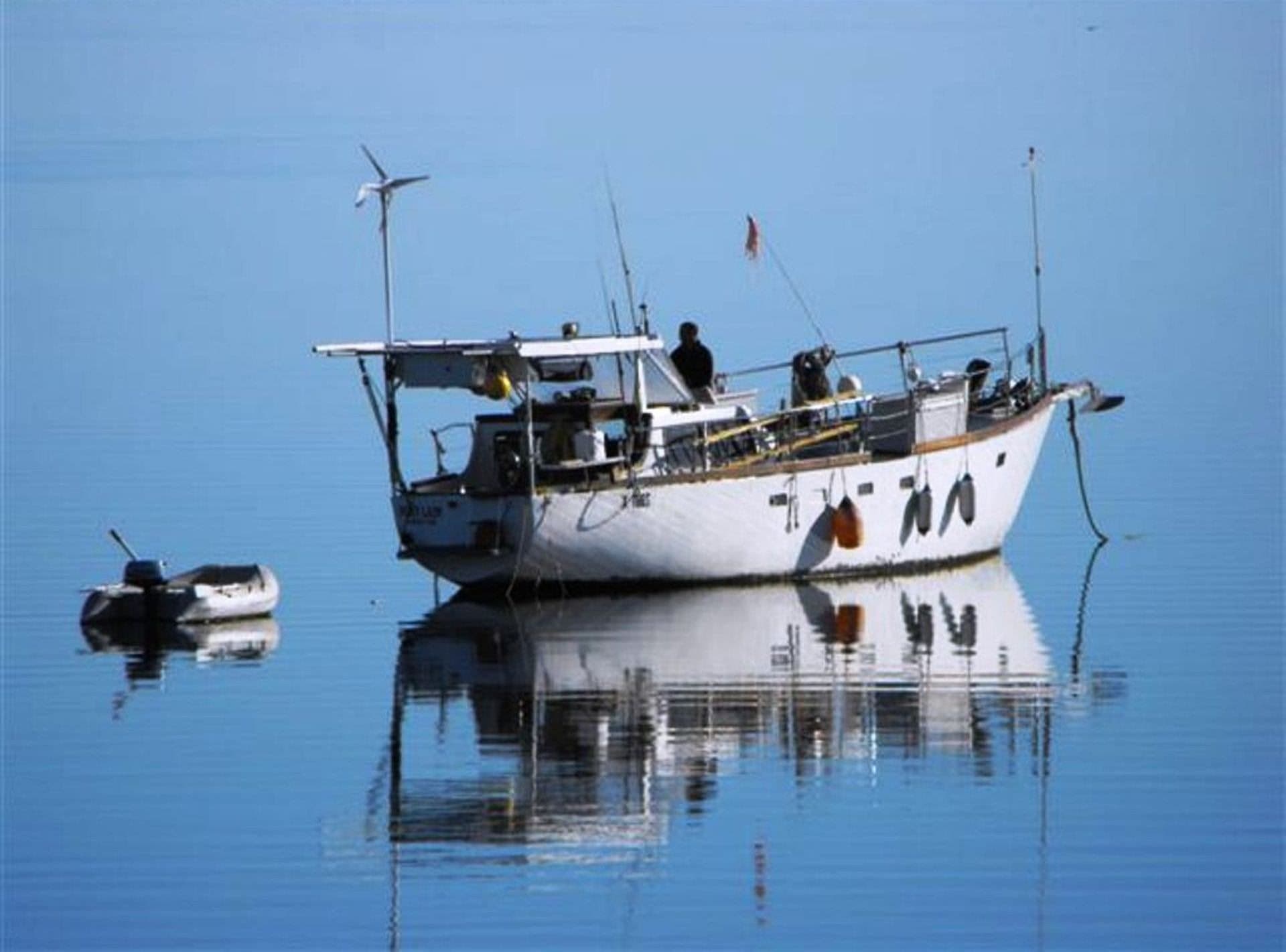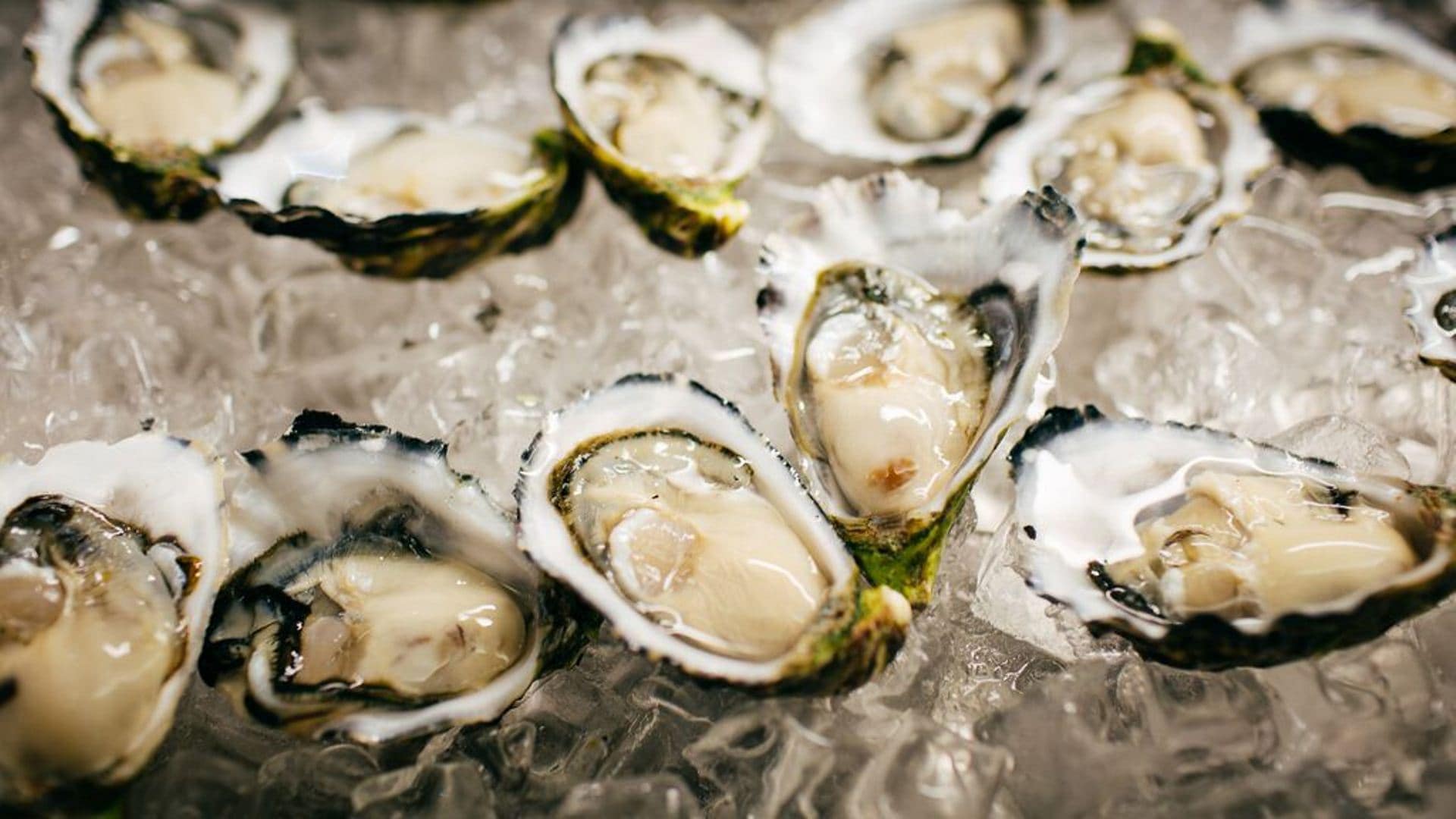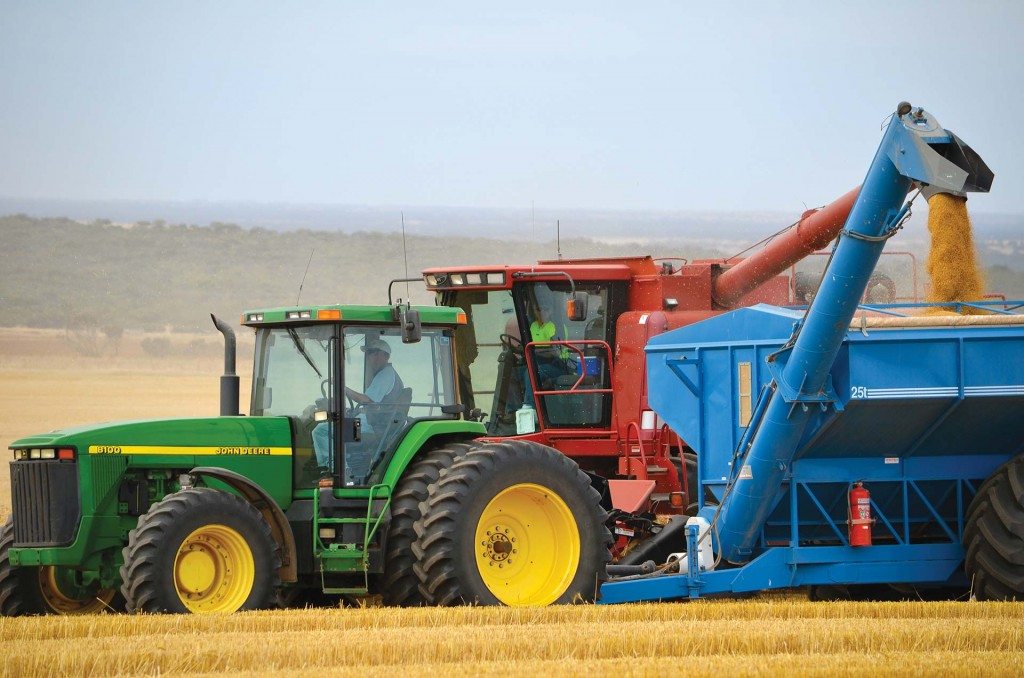Streaky Bay is the major service centre for the surrounding rural district. Fishing and aquaculture, agriculture and tourism are key industries.
FISHING & AQUACULTURE
Eyre Peninsula
The region’s commercial fishing and aquaculture industry (which includes the West Coast and Eyre Peninsula sectors) accounts for approximately 80% of South Australia’s seafood produce. The industry is highly trade focused exporting over 80% of seafood produce from the region Most of these products find their way into markets in New Zealand, Asia, Europe, the Middle East and the USA.
The region’s collective fishing and aquaculture industry employs over 1,024 people, with tuna farming and oyster growing being the largest employers.
Streaky Bay
Streaky Bay is an important contributor to the Fin fishing and Aquaculture industry in South Australia. Industries of significance areKing George whiting, shark fishing, southern rock lobster, wild abalone and oyster fisheries.
Streaky Bay and surrounding waters produces some of the finest quality seafood commercailly for the Eastern Seaboard and International markets.
Amateur anglers and fishing enthusiasts regularly journey all year round to fish the quiet waters and scenic coasltine of Streaky Bay & districts.
Fin Fisheries
Fish that abound in Streaky Bay and surrounding waters include Snook, Tuna, Salmon, Tommy Ruff, Snapper, Squid, Mullet, King George Whiting, Flathead, Garfish, School Shark or Flake and Leatherjackets.
Fin Fishing…a little history
In the 1930’s snapper had become scarce around Streaky Bay due to overfishing. Fishermen turned to King George Whiting using the ‘hooking’ method, which bought a higher price and lasted longer in transit. Fishermen worked out of small timber sail boats, each with a ‘wet’ well to keep the catch alive. Dinghies up to twelve feet worked out from the mother vessels, returning when their smaller wet wells filled with some 7 to 8 dozen Whiting. During the 1930’s approximately 49 registered boats were in the industry, within the vicinity of sixty fishermen being involved in Whiting fishing only. The transporting of fish to the markets was a long process. Initially fish were freighted over to Adelaide on coastal steam ships taking up to three days to reach the Fish Markets. Fish were kept fresh on board with ice because there were no freezing facilities. Eventually fish were freighted by truck a mode of transport which is still being used today.
Oysters
Streaky Bay is emerging as a major producer of quality Pacific oysters, grown in pristine waters assuring premium quality shellfish.
Oysters…a little history
Original settlers in Streaky Bay reported large harvests of natural oysters for many years, before the first commercial lease for growing Pacific Oysters was approved by the Development Assessment Commission in July 1988. It was not until eleven years later, when oyster growers moved out of the sheltered waters of Blancheport into the more open waters of Streaky Bay itself, that oyster farming became truly viable. This is because of the higher flow rates of nutrient rich seawater.
Streaky Bay Pacific oysters are renowned and highly sought after for their sweet flavour and are now enjoyed by many people all over Australia and internationally.
Abalone
Wild Greenlip and Blacklip Abalone are harvested by hand from the sea floor off the remote Far West coastline. Quota owners operate dive fleets with experienced divers in and around the Streaky Bay area. The abalone meat is carefully and quickly transported, processed and exported to overseas or local markets. A highly regulated industry and the pristine waters of Streaky Bay ensure that the Abalone is of the highest quality.
Tourism
Visitors come to Streaky Bay to experience the finest fishing and seafood in Australia, to explore and immerse themselves in our spectacular and diverse landscapes and, to interact and play with our wildlife.
Streaky Bay Tourist Promotions Inc. is a volunteer community association with a vision to market, promote Streaky Bay and districts, creating opportunities for people to experience the area as a ‘must-visit’ destination.
In partnership with Council, community, tourism operators, Regional Development Australia Whyalla and Eyre Peninsula and, the South Australian Tourism Commission a shared goal is to sustain and increase tourism visitation, growth and experiences in Streaky Bay and districts through:
- Effective and sustainable tourism marketing
- Support for tourism development in Streaky Bay and districts and;
- By maintaining and growing partnerships and collaborations with tourism stakeholders.
The District Council of Streaky Bay has a strong focus on tourism development through their Strategic and other Plans. The Council team includes a dedicated Tourism and Community Development Officer who works in collaboration with stakeholders to plan and implement the sustainable growth of tourism in the district.
AGRICULTURE
Eyre Peninsula
Agriculture is the second largest industry in the region, making up 42% of South Australia’s total agriculture production. During the 2011 harvest Eyre Peninsula produced 41% of South Australia’s wheat crop, 25% of the barley crop and 32% of the canola crop. The State produced 7.94 million tonnes of grain which is the third largest crop on record.
The total value of the region’s agricultural industry exceeds $500 million per annum. The average annual volume of all grain crops is currently 2.2 million tonnes although this peaked to 3.2 million tonnes in 2009.
In 2011 the region produced 2.5 million tonnes.
(Australian Bureau of Agricultural and Resource Economics – ABARE – Crop Report, June 2012).
Grain export volumes account for an average of 97% of Eyre Peninsula’s annual wheat, barley, and legume production. The region is renowned for its high quality premium grains, particularly high protein wheat, malting barley varieties, milling oats and canola.
Livestock continues to attract high prices and famer interest in the sheep industry remains stable.
Collectively agriculture, forestry and fishing is the largest employment sector on Eyre Peninsula,
Streaky Bay
Streaky Bay’s economy is dominated by the agricultural sector with production focusing on sheep, high protein hard wheat, barley and other cereals. Production is carried out in arid and semi arid conditions with dry land farming techniques being successfully applied…The product output varies from year to year as it is seasonally dependent.
Farmers in the region are always looking to diversify and investigate other areas for on farm investment.




